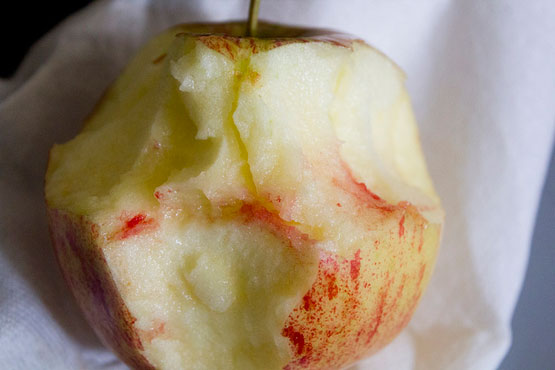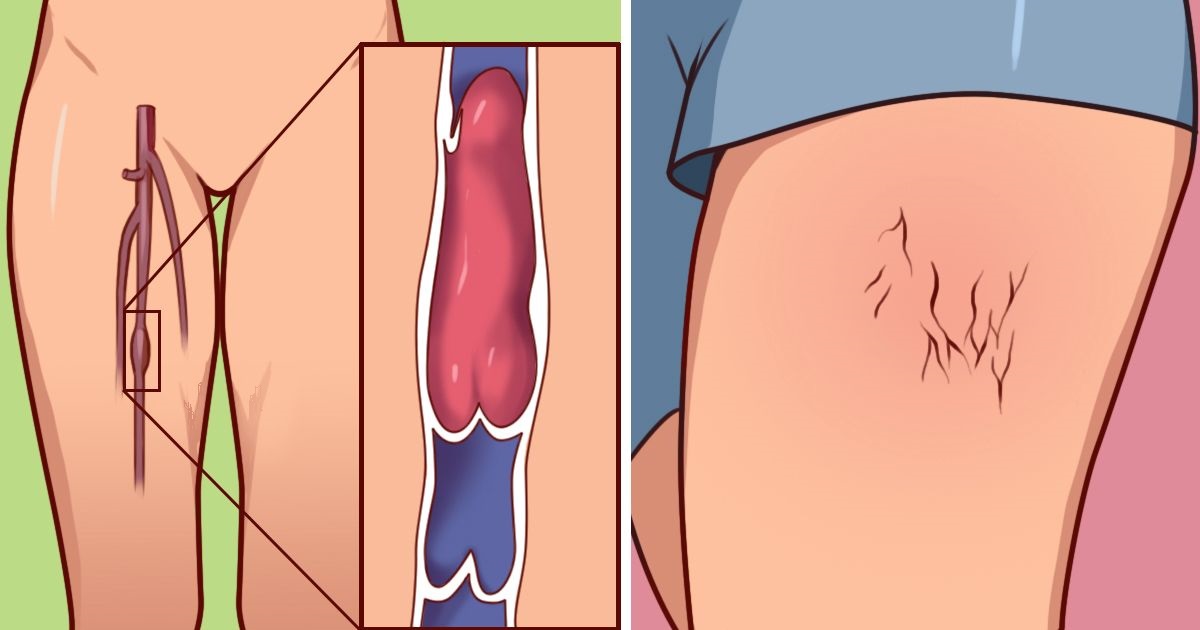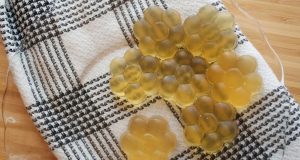Lots of people are not aware that they are having serious issues with mold in the house. Shower curtains are an obvious place, as is under the sink or the basement, but the fact is that mold can develop everywhere.

If the roof leaks there can be mold, on a drywall, and one research even discovered that Christmas trees can breed mold, releasing billions of spores in the air and result in allergies or asthmatic attacks.
3 Types of Mold
Modern American homes can have thousands types of mold, which are classified by how they affect humans and living organisms.
Allergenic Molds:
These are not particularly dangerous and they mainly cause problems to asthmatics and people with previous allergies to certain molds. Children are more likely to develop these allergies.
Pathogenic Molds:
This type can result in infection. Those that have no-so-good immunity may have big problems. An acute response resembling bacterial pneumonia is frequently discovered with those that are in touch with these mold types.
Toxigenic Molds:
These molds are producers of mycotoxins that can result in serious health issues. It has been found a link to cancer and immunosuppression. The toxic ingredients can be absorbed with inhalation, eating or just touching.
5 Most Frequent Molds in Homes are:
- Alternaria:Present in the upper respiratory tract including the nose and the mouth. Can be a reason for allergies.
- Aspergillus: Lives in house dust, usually found in warm and damp climates. It produces mycotoxins and can be a cause of infections of the lungs.
- Cladosporium:It is an outdoor fungus but can grow indoors on wood, textile or similar materials, causing fever and symptoms of asthma.
- Penicillium: Very common, frequently found on wallpapers, carpets etc., famous of causing asthma and allergies. Some species produce mycotoxins (as the antibiotic penicillin).
- Stachybotrys: This is highly dangerous mold that can cause difficulties when breathing, lungs bleeding and much more. It is less common indoors but not rare, it cannot live on tiles, concrete or linoleum.
Explanation of Mold Illness
Various health issues that appear as a result to mold exposure are called mold illness. Mold allergy is the most frequent issue, but most can trigger other conditions like infections and toxic reactions. Mold caused infections can initiate lots of problems.
Ritchie Shoemaker, MD, defines CIRS as: an acute and chronic, systemic inflammatory response acquired following exposure to the interior environment of a water-damaged building with resident toxigenic organisms, including, but not limited to fungi, bacteria, actinomycetes, and Mycobacterium as well as inflammagens…”
Mold Illness Symptoms:
- Weakness
- Unexpected muscle cramps, aches and joint pain, constant nerve pain
- Tingling and numbness
- Troubles with memory and focusing
- Headaches
- Fatigue
- Red eyes or oversensitivity to light
- Vertigo
- Tremors
- Asthma, cough or breath shortness
- Metallic taste in the mouth
- Digestion problems: nausea, appetite changes, diarrhea, abdominal and stomach pain
- Temperature variation or night sweats
- Increased urination and thirst
The video below can help you learn how to protect yourself from mold and the issues it brings to your home!




















